People Seem To Think That This Is An Article Of Five Silly Terms To Call The Person Your Dating, When
People seem to think that this is an article of five silly terms to call the person your dating, when in reality they are...
partner
lover
significant other
boo
goyfriend
Only one is a portmanteau, the rest are terms that most people recognize and use.
https://everydayfeminism.com/2013/12/gender-neutral-alternatives/

This is the funniest thing I’ve ever read
More Posts from Oracleofthepast and Others

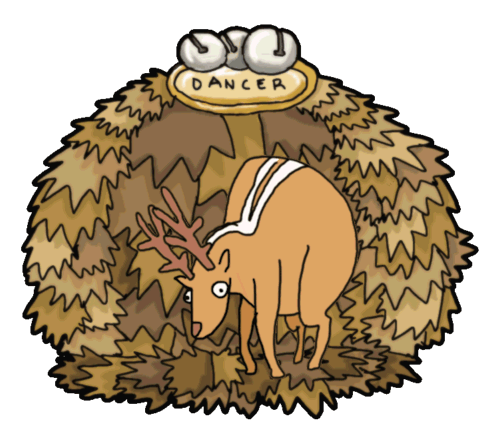
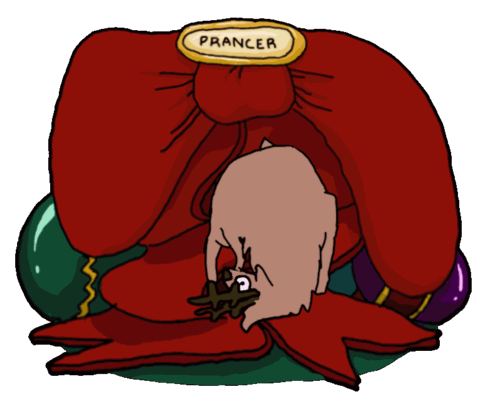


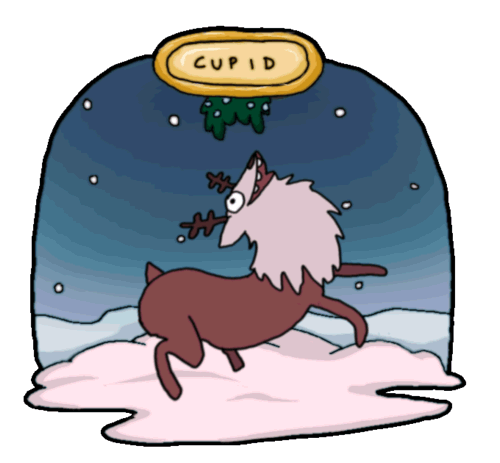
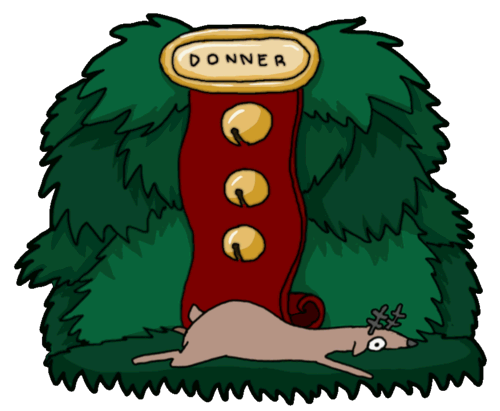
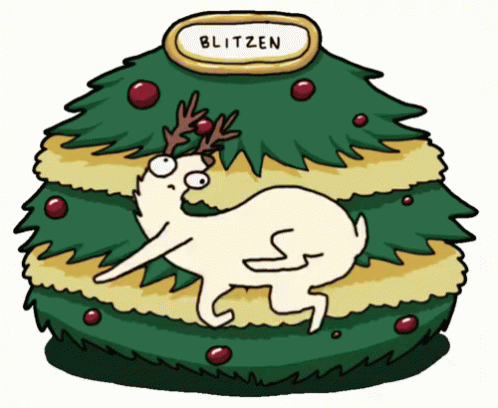
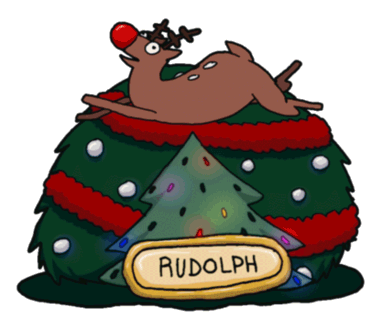
I’ve been waiting a whole damn year to post these…. :D
At my old Hebrew school, we made hamantashen at our Purim carnival, and to make clean up easier than having jam everywhere, we often made them with chocolate chips and i think butterscotch?
But my points are 1. that any option of baking chip works well and 2. combine different types of hamantachen filling for many possiblities
happy purim katan everyone! (singular party horn)


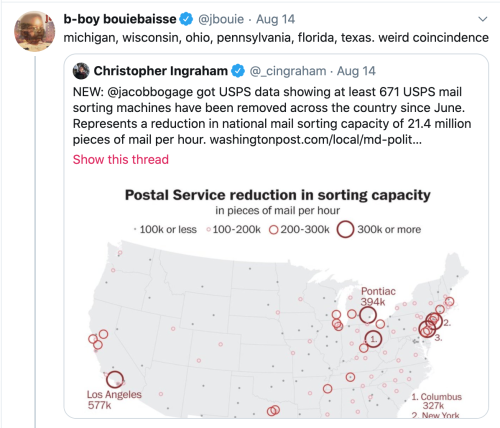
he’s literally rigging the election and next to nothing’s being done about it what the actual fucking living hell
the maps coined a new term to call themselves
P.E.A.R,aka “pro-expression, anti-repression" was a term coined by well known pedophile 4-lung stay safe y’all,and block these sick freaks
I was always taught to chew! Whether grabbing a snack, chewing gum, or just gnawing on the air in your mouth, chewing can help you calm down because if there’s like, a fire, you’re not gonna just.... pour yourself a bowl of cereal while you’re on fire
I was just about to spiral into a bad panic attack, and my boyfriend goes "Stick an ice cube in your mouth." I'm not really sure where he got the idea, and I kinda laughed at it because I didn't see how it would help, but he was insistent. So I did it.
And now I'm on my second cube, because it worked.
dr who’s on first, doctor strange is on second and doctor house is on third. theres no way theyre getting through a single inning
Kinda a shanty, but "The Chemical Worker's Song (Process Man)" "Feed the Machine" also comes to mind, but any Poor Man's Poison could work
Do you have any recommendations for work songs/folk songs regarding mining? Or just work songs in general? My housemate is writing a fantasy novel set partly in an industrial town and a mine and I'm putting together a playlist of related music. I have "I Can Hew" by Mawkin and "Tell God and the Devil" by Solas, and not-a-work-song-but-still-fun steampunk (emphasis on punk) "Miner" by The Men That Will Not Be Blamed For Nothing, but 3 songs does not a playlist make!
YES!
Mining specifically: 16 Tons, Dark As A Dungeon, Loading Coal, Coal Miner's Blues, The Blackleg Miner, The Testimony of Patience Kershaw, The Coal-owner and the Pitman's wife, The Collier's Rant
Work songs (using what I think is the definition you're using): Worker's Song, Poverty Knock, Murphy and the Bricks (humerous), The ICI Song, The Hand-Loom Weaver's Lament
Actual Sea Shanties (ie. work songs on boats as opposed to just songs about sailing, separate in case you don't want these): Old Maui, South Australia, High Barbary, Randy Dandy Oh, Haul Away Joe

In linguistics, a filler is a sound or word that is spoken in conversation by one participant to signal to others that he/she has paused to think but is not yet finished speaking. These are not to be confused with placeholder names, such as thingamajig, which refer to objects or people whose names are temporarily forgotten, irrelevant, or unknown.
In Afrikaans, ah, em, and eh are common fillers.
In Arabic, يعني yaʿni (“I mean”) and وﷲ wallāh(i) (“by God”) are common fillers.[2][3][4]
In American Sign Language, UM can be signed with open-8 held at chin, palm in, eyebrows down (similar to FAVORITE); or bilateral symmetric bent-V, palm out, repeated axial rotation of wrist (similar to QUOTE).
In Bengali, mane (“it means”) is a common filler.
In Catalan, eh /ə/, doncs (“so”), llavors (“therefore”), and o sigui (“it means”) are common fillers.
In Czech, tak or takže (“so”), prostě (“simply”), jako (“like”) are used as fillers. Čili (“or”) and že (“that”, a conjunction) might also be others. A person who says jako and prostě as fillers might sound a bit simple-minded to others.[5]
In Danish, øh is one of the most common fillers.
In Dutch, eh, ehm, and dus are some of the more common fillers.
In Esperanto, do (“therefore”) is the most common filler.
In Filipino, ah, eh, ay, and ano are the most common fillers.
In Finnish, niinku (“like”), tota, and öö are the most common fillers.
In French, euh /ø/ is most common; other words used as fillers include quoi (“what”), bah, ben (“well”), tu vois (“you see”), and eh bien (roughly “well”, as in “Well, I’m not sure”). Outside of France, other expressions are tu sais (“you know”), t’sais’veux dire? (“you know what I mean?”), or allez une fois (“go one time”). Additional filler words include genre (“kind”), comme (“like”), and style (“style”; “kind”)
In German, a more extensive series of filler words, called modal particles, exists, which actually do give the sentence some meaning. More traditional filler words are äh /ɛː/, hm, so /zoː/, tja, and eigentlich (“actually”)
In Hebrew, eh is the most common filler. Em is also quite common.
In Hindi, matlab (“it means”) and “Mah” are fillers.
In Hungarian, common filler words include hát (well…) and asszongya (a variant of azt mondja, which means “it says here…”).
In Icelandic, a common filler is hérna (“here”). Þúst, a contraction of þú veist (“you know”), is popular among younger speakers.
In Indonesian (Bahasa Indonesia), anu is one of the most common fillers.
In Italian, common fillers include “tipo” (“like”), “ecco” (“there”) and “cioè” (“actually”)
In Irish Gaelic, abair /ˈabˠəɾʲ/ (“say”), bhoil /wɛlʲ/ (“well”), and era /ˈɛɾˠə/ are common fillers, along with emm as in Hiberno-English.
In Japanese, common fillers include eetto, ano, sono, and ee.
In Kannada,Matte for also,Enappa andre for the matter is are the common fillers.
In Korean, eung, eo, ge, and eum are commonly used as fillers.
In Lithuanian, nu, am and žinai (“you know”) are common fillers.
IN Maltese and Maltese English, mela (“then”), or just la, is a common filler.
In Mandarin Chinese, speakers often say 这个 zhège/zhèige (“this”) or 那个 nàge/nèige (“that”). Another common filler is 就 jìu (“just/precisely”).
In Norwegian, common fillers are øh, altså, på en måte (“in a way”), ikke sant (literally “not true?”, “no kidding”, or “exactly”), vel (“well”), and liksom (“like”). In Bergen, sant (“true”) is often used instead of ikke sant. In the Trøndelag region, skjø’ (“see?” or “understand?”) is also a common filler.
In Persian, bebin (“you see”), چیز “chiz” (“thing”), and مثلا masalan (“for instance”) are commonly-used filler words. As well as in Arabic and Urdu, يعني yaʿni (“I mean”) is also used in Persian. Also, eh is a common filler in Persian.
In Portuguese, tipo (“like”) is the most common filler.
In Romanian, deci /detʃʲ/ (“therefore”) is common, especially in school, and ă /ə/ is also very common (can be lengthened according to the pause in speech, rendered in writing as ăăă), whereas păi /pəj/ is widely used by almost anyone.
In Russian, fillers are called слова-паразиты (“vermin words”); the most common are Э-э (“eh”), это (“this”), того (“that”), ну (“well”), значит (“it means”), так (“so”), как его (“what’s it [called]”), типа (“like”), and как бы (“[just] like”).
In Serbian, znači (“means”) and ovaj (“this”) are common fillers.
In Slovak, oné (“that”), tento (“this”), proste (“simply”), or akože are used as fillers. The Hungarian izé (or izí in its Slovak pronunciation) can also be heard, especially in parts of the country with a large Hungarian population. Ta is a filler typical of Eastern Slovak and one of the most parodied features.
In Slovene, pač (“but”, although it has lost that meaning in colloquial, and it is used as a means of explanation), a ne? (“right?”), and no (“well”) are some of the fillers common in central Slovenia, including Ljubljana.
In Spanish, fillers are called muletillas. Some of the most common in American Spanish are e /e/, este (“this”), and o sea (roughly means “I mean”).[6], in Spain the previous fillers are also used, but ¿Vale? (“right?”) and ¿no? are very common too.
In Swedish, fillers are called utfyllningsord; some of the most common are öhm, ja (“yes”), ba (comes from “bara”, which means “just”), asså or alltså (“therefore”, “thus”), va (comes from “vad”, which means “what”), and liksom and typ (both similar to the English “like”).
In Ukrainian, ой /ɔj/ is a common filler.
In Urdu, yani (“meaning…”), falan falan (“this and that”; “blah blah”), umm, and aaa are also common fillers.
In Telugu, ikkada entante (“Whats here is…”) and tarwatha (“then…”) are common and there are numerous like this.
In Tamil, paatheenga-na (“if you see…”) and apparam (“then…”) are common.
In Turkish, yani (“meaning…”), şey (“thing”), “işte” (“that is”), and falan (“as such”, “so on”) are common fillers.
In Welsh, de or ynde is used as a filler (loosely the equivalent of “You know?” or “Isn’t it?”). Ym… and Y… are used similarly to the English “um…”.
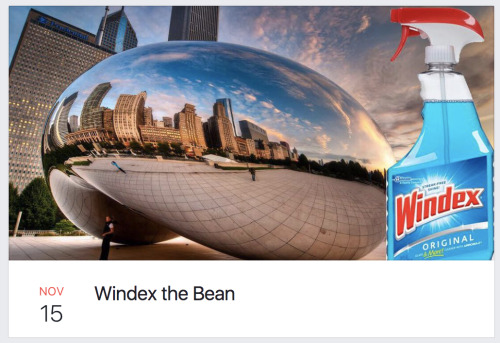


if you’ve ever wondered what it’s like to live in the midwest, this is it.
-
 decentluck13 liked this · 1 month ago
decentluck13 liked this · 1 month ago -
 satansdoggy liked this · 1 month ago
satansdoggy liked this · 1 month ago -
 jesterpanic reblogged this · 2 months ago
jesterpanic reblogged this · 2 months ago -
 kippierre liked this · 2 months ago
kippierre liked this · 2 months ago -
 justanothercatastrophe reblogged this · 2 months ago
justanothercatastrophe reblogged this · 2 months ago -
 justanothercatastrophe liked this · 2 months ago
justanothercatastrophe liked this · 2 months ago -
 be-ace-eat-cake reblogged this · 2 months ago
be-ace-eat-cake reblogged this · 2 months ago -
 thefoyer liked this · 2 months ago
thefoyer liked this · 2 months ago -
 theundertaleeffect liked this · 5 months ago
theundertaleeffect liked this · 5 months ago -
 idontddkdidn reblogged this · 5 months ago
idontddkdidn reblogged this · 5 months ago -
 swarm-of-bees-in-a-trenchcoat liked this · 5 months ago
swarm-of-bees-in-a-trenchcoat liked this · 5 months ago -
 godsfavoriteslugger reblogged this · 6 months ago
godsfavoriteslugger reblogged this · 6 months ago -
 godsfavoriteslugger liked this · 6 months ago
godsfavoriteslugger liked this · 6 months ago -
 bogdwelled liked this · 6 months ago
bogdwelled liked this · 6 months ago -
 necroesque666 reblogged this · 6 months ago
necroesque666 reblogged this · 6 months ago -
 necroesque666 liked this · 6 months ago
necroesque666 liked this · 6 months ago -
 pythagoreanpentagram liked this · 6 months ago
pythagoreanpentagram liked this · 6 months ago -
 pandaikon0980 liked this · 7 months ago
pandaikon0980 liked this · 7 months ago -
 red-gyarados reblogged this · 7 months ago
red-gyarados reblogged this · 7 months ago -
 non-mushroom-nor-plant liked this · 7 months ago
non-mushroom-nor-plant liked this · 7 months ago -
 whatdoyewant liked this · 7 months ago
whatdoyewant liked this · 7 months ago -
 sangheilihoes reblogged this · 7 months ago
sangheilihoes reblogged this · 7 months ago -
 muttmolar liked this · 7 months ago
muttmolar liked this · 7 months ago -
 cardinalfandom liked this · 7 months ago
cardinalfandom liked this · 7 months ago -
 catboy-yuri reblogged this · 7 months ago
catboy-yuri reblogged this · 7 months ago -
 thequeenofmiriad liked this · 7 months ago
thequeenofmiriad liked this · 7 months ago -
 teleportationmagic reblogged this · 7 months ago
teleportationmagic reblogged this · 7 months ago -
 spacemoth-matt liked this · 7 months ago
spacemoth-matt liked this · 7 months ago -
 femboyfather reblogged this · 8 months ago
femboyfather reblogged this · 8 months ago -
 thepileofclothesonyourdesk reblogged this · 8 months ago
thepileofclothesonyourdesk reblogged this · 8 months ago -
 thepileofclothesonyourdesk liked this · 8 months ago
thepileofclothesonyourdesk liked this · 8 months ago -
 maybewecanrun reblogged this · 8 months ago
maybewecanrun reblogged this · 8 months ago -
 maybewecanrun liked this · 8 months ago
maybewecanrun liked this · 8 months ago -
 ardenreblogz reblogged this · 8 months ago
ardenreblogz reblogged this · 8 months ago -
 pro-crastinate17 liked this · 8 months ago
pro-crastinate17 liked this · 8 months ago -
 rosewoodwonderfull liked this · 8 months ago
rosewoodwonderfull liked this · 8 months ago -
 apho-sappho reblogged this · 8 months ago
apho-sappho reblogged this · 8 months ago -
 apho-sappho liked this · 8 months ago
apho-sappho liked this · 8 months ago -
 chatter-crow reblogged this · 8 months ago
chatter-crow reblogged this · 8 months ago -
 legiopraesagio liked this · 8 months ago
legiopraesagio liked this · 8 months ago -
 kittyparr reblogged this · 8 months ago
kittyparr reblogged this · 8 months ago -
 lifelesscomplains liked this · 8 months ago
lifelesscomplains liked this · 8 months ago -
 red-veril liked this · 8 months ago
red-veril liked this · 8 months ago -
 kolurize liked this · 8 months ago
kolurize liked this · 8 months ago -
 betthearm liked this · 8 months ago
betthearm liked this · 8 months ago -
 lilvulpix-alex liked this · 8 months ago
lilvulpix-alex liked this · 8 months ago -
 ethicaltreatmentofcowplants liked this · 8 months ago
ethicaltreatmentofcowplants liked this · 8 months ago -
 ravingsockmonkey reblogged this · 8 months ago
ravingsockmonkey reblogged this · 8 months ago -
 ebwollmaus reblogged this · 8 months ago
ebwollmaus reblogged this · 8 months ago
